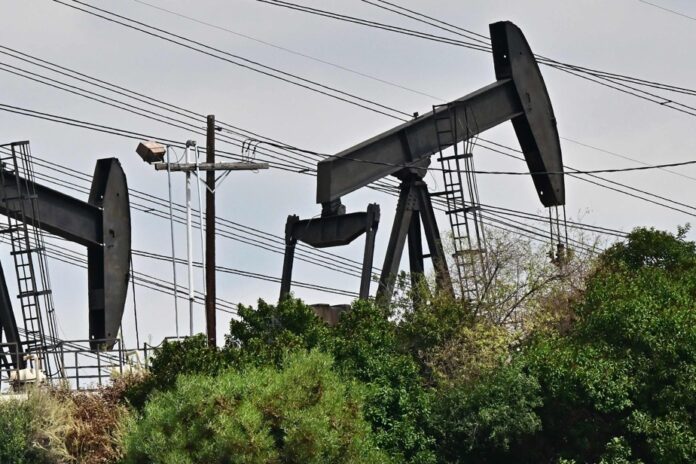(New York) Oil prices recorded a fifth session of decline in six trading days on Thursday, eaten away by fears of a decline in demand under the effect of offensive monetary policies.
The price of a barrel of North Sea Brent for delivery in December fell by 2.09%, to close at $84.07.
The American West Texas Intermediate (WTI), maturing in November, lost 2.26% to $82.31.
In six sessions, Brent fell by 14% and WTI by 13%.
“The surge in bond rates has cast doubt on the global economic outlook,” and on the globe’s appetite for black gold in the months to come, explained Edward Moya of Oanda in a note. These rates increase the cost of money and threaten to curb consumption.
“Oil products are showing signs of demand destruction” as energy prices take off, underlines Robert Yawger of Mizuho.
Gasoline volumes delivered to the United States fell last week to their lowest level in 25 years for this time of year, according to figures released Wednesday by the U.S. Energy Information Administration (EIA).
Furthermore, harvests in the Northern Hemisphere and the approach of winter usually push the prices of diesel and fuel oil upwards once they enter autumn.
But since mid-September, the wholesale price of American diesel has fallen by more than 16%, and its European equivalent by more than 15% compared to Friday.
As for American fuel oil, it plunged 18% in three weeks.
“This means there is less demand for crude” from refineries, explains Robert Yawger, which could encourage them, according to him, to extend their maintenance season, traditionally in October, which would further reduce their needs.
For the analyst, WTI should find support around 81 dollars if it continues to decline, and even more at 80. At these levels “the fundamentals would no longer justify continuing to fall”.
“The commitment of Saudi Arabia and Russia to extend their reductions” in volumes “provides a floor” for prices, according to Susannah Streeter of Hargreaves Lansdown.
“OPEC (Organization of the Petroleum Exporting Countries and its allies) has done a lot of work to get crude back to $90 a barrel,” recalls Edward Moya, “and it is likely that they will do everything they can. can to ensure that prices do not return to their lowest levels of the year,” around $65 for WTI.















